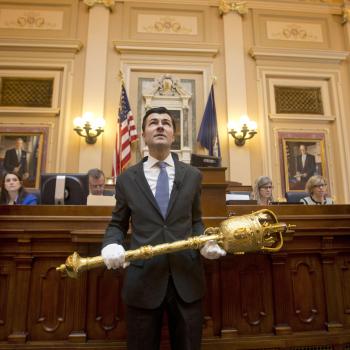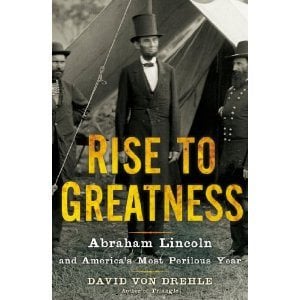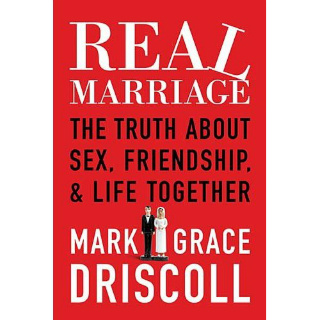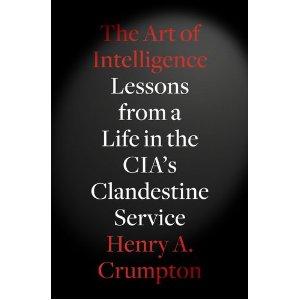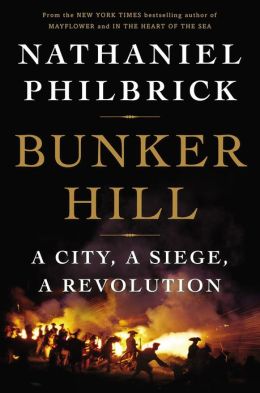 Ok history buffs, this one’s for you. Back a few years ago I was able to visit Boston and the Bunker Hill memorial. Touring the city, I was amazed at how Boston has preserved so much of its colonial history. Boston really was the little city that ignited the Revolutionary War.
Ok history buffs, this one’s for you. Back a few years ago I was able to visit Boston and the Bunker Hill memorial. Touring the city, I was amazed at how Boston has preserved so much of its colonial history. Boston really was the little city that ignited the Revolutionary War.
Philbrick writes about an oft discussed period in our nation’s history, the events leading up to the Revolutionary War. What makes his book unique is that he focuses solely on the city of Boston and the events that transpired there during those years. Even when the historical gaze shifts southward to Philadelphia with the First and Second Continental Congress, Philbrick keeps his focus on this unique city of firebrands that had the audacity to stand up to the most powerful empire on earth: Great Britain. As Philbrick notes, “In the end, Boston is the true hero of this story. Whether its inhabitants came to view the Revolution as an opportunity or as a catastrophe, they all found themselves in the midst of a survival tale when on December 16, 1773, three shiploads of tea were dumped in Boston Harbor” (xvii).
He walks us through some familiar moments in history, such as the Boston Tea Party, the Battles of Lexington and Concord, and the Battle of Bunker Hill. His genius comes from the familiarity he develops between the reader and the subject. His extensive research and use of personal letters, combined with his fluid narrative writing style, makes this an easy read for those even remotely interested in this period of history.
Lessons Learned
1. It’s amazing how one city can change world history. Boston wasn’t the largest city in colonial America, nor was it the wealthiest. Yet it still changed the course of world history by igniting the American Revolution. Their unity of purpose (behind the patriots) and their unflinching courage in the face of intimidation led the way for the other thirteen colonies to follow.
2. The American Revolution was not an inevitability, but a result of a series of easily-avoided mistakes. Boston had been in the practice of resisting English laws and practices for a decade before the first shots of the Revolution. During that preceding decade, Boston wasn’t seeking independence as a nation, but fair representation and local autonomy. Only through a mixture of stubbornness, ego, and miscommunication (on both sides) did the two parties come to blows.
3. American colonists had morphed in 150 years into a culture completely foreign to imperial Europe. When the Mayflower landed in 1620, it carried English settlers with English thoughts and customs. Over the course of the next 150 years, these colonials morphed into something completely foreign to their European counterparts. Through continual warfare with the Indians, the constant lure of expansive virgin land, and freedom created by the Atlantic Ocean, the psyche of the English colonists morphed into something distinctly American.
4. The American revolution could have easily been snuffed out in its infancy. Looking back through history, it’s easy to assume that victory in the American Revolution was guaranteed. Far from it. Philbrick does a great job of detailing those first few days and months, when infighting, lack of leadership, lack of coordination, lack of supplies, and rivalry between colonies nearly derailed the Revolution in its infancy. In many ways, it was the hubris of English rather than the ingenuity of the Americans that secured the early victories.
5. The Battle of Bunker Hill was never supposed to happen. In a great historical moment still shrouded in mystery, the American commander in charge of fortifying Bunker Hill instead fortified Breed’s Hill. Bunker Hill was a safe move, outside of the range of the British cannons. By (intentionally or unintentionally) disobeying orders and fortifying the much closer Breed’s Hill, the Americans provoked the British into a fight. The British eventually won that battle and conquered both hills, but at such a steep price that they eventually evacuated Boston.
6. The unsung hero of this time period is Dr. Joseph Warren. He goes unnoticed by many of the history books, overshadowed by his more famous contemporaries, including Samuel and John Adams and John Hancock. And yet his leadership was integral to Boston during these years. He was the day-to-day leader of the Boston patriots during the formative years of the Revolution. During the Continental Congresses, when leaders such as the Adamses and Hancock left for Philadelphia for months at a time, Warren stayed behind and led the Revolution in Boston. If he wasn’t tragically killed in the Battle of Bunker Hill, he might well have gone on to lead the Continental Army, and George Washington would have been the historical footnote.
7. Philbrick does a great job conveying George Washington’s growth arc at the beginning of his leadership. When Washington is introduced in Philbrick’s narrative, he isn’t the mythical figure that graces our dollar bills. George Washington grew into an incredible leader, but when he enters the scene after Bunker Hill, he has just begun his growth arc. Some early missteps by Washington could have nearly undone the great work accomplished by the Bostonians. It’s refreshing to see Washington as a human who makes mistakes rather than a mythical creature of legend.
8. Boston’s fight for independence from Britain looks eerily similar to “insurgents” fighting against America in Iraq and Afghanistan. An uncomfortable parallel formed in my mind while reading this book. Bostonians were the native citizens, fighting for their rights and independence against an overbearing imperial power from across the sea. We cheer for the American colonists and demonize the overbearing English, yet there are eery similarities to our ongoing conflicts in Iraq and Afghanistan. Understandably, the aspect of terrorism makes the comparison break down, but what we view today as “insurgents” in those two countries may be looked at as “patriots” later on by their own historians.


